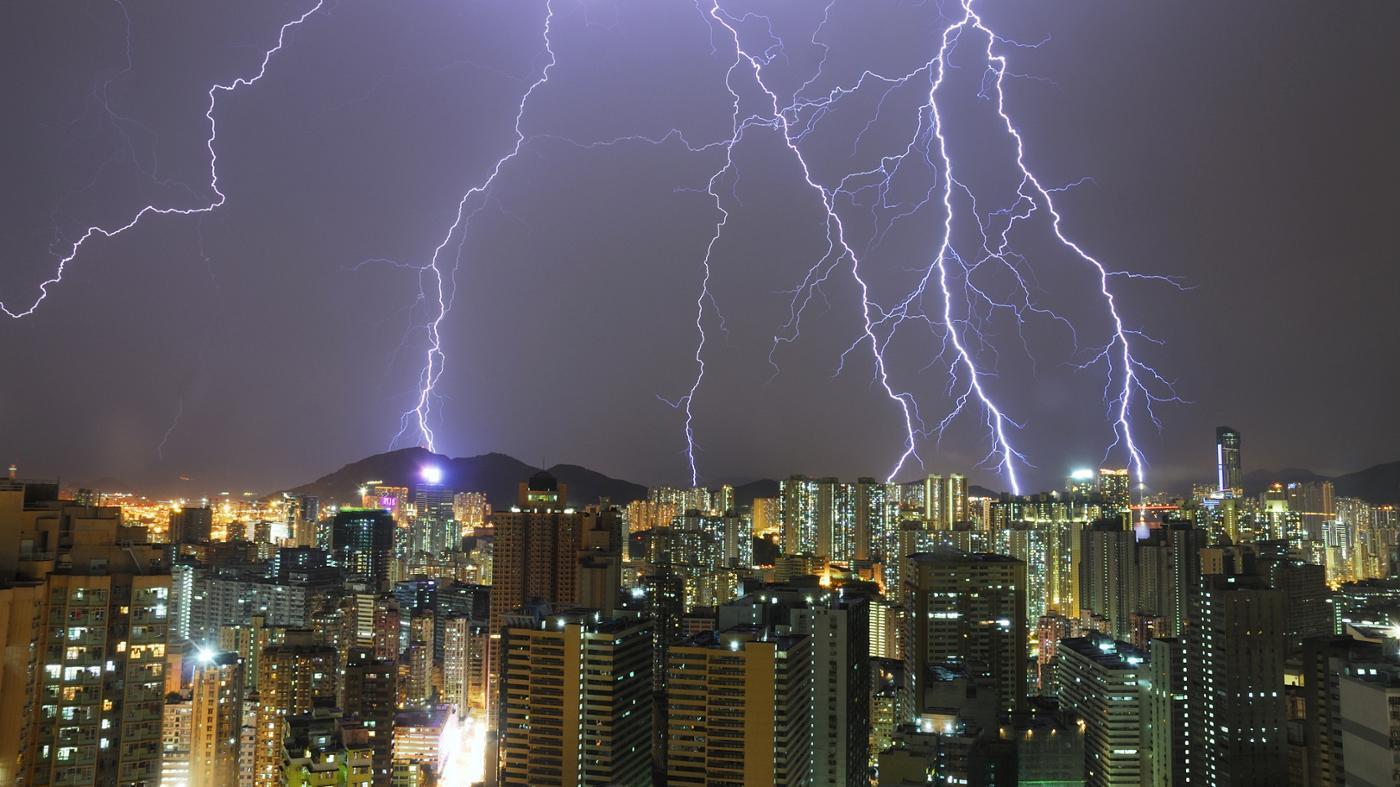Follow us on LinkedIn for regular updates on Lightning Protection and our Lightning Arresters!
What Causes Lightning?
Most lightning never reaches the ground, they just stay within the cloud where they originated. Sometimes a charge may escape the cloud and create a magnificent piece of art for photographers along with a loud boom for nearby observers. These beautiful natural phenomena are dangerous, they kill people all over the world, but they last only for a fraction of a second.
What do You Need to Make Lightning?
Quite simply, all you need is a mixture of cold and warm air. As the warm, moist air rises, it takes along a retinue of water droplets that interact and rub against the ice crystals in the cold air. This interaction causes ionization and the buildup of static electric charge – positive charges towards the top of the cloud and negative charges towards the bottom of the cloud.
Shooting Down
As energy is exchanged due to the build-up of opposing charges across the cloud, at some critical point, the energy starts to escape the cloud and it starts sending a series of branches downwards.
As this negative charge moves downwards from the cloud towards the ground, it repels the electrons in its vicinity, thus leaving a positively charged pathway from the ground or a tree or the lightning arrester on top of a building. , they repel electrons—leaving positively charged columns of air stretching up from the earth and the tops of buildings and trees. The merger of one of these positively charged columns with a bolt’s branch becomes the path for the lightning to take.
A discharge of lightning can carry over 100 million volts of electricity which can easily cause damage to any kind of structure – they can destroy monuments, explode walls and often be the cause of devastating fires.
But why is Lightning so loud?
The lightning bolt heats up the air around itself to such a high degree that it causes the gases around itself to expand quickly and thus creates a shock wave that we eventually hear as thunder.
Why do I need Lightning Protection & Lightning Arresters?
The purpose of lightning arresters is often misunderstood – some people think that they are used to attract lightning towards them. However, these rods, which may be made of copper and are about 2cm in diameter, provide a low-resistance path through copper or aluminum conductors to the ground. ‘Lightning Arresters’ or ‘Lightning Rods’ are an integral part of a complete lightning protection system that includes lightning arresters at the top of a structure, the conductors, the earth or ground rods, and surge protection devices (SPD’s).
For more information on protecting yourself, your family, your home, or your building society, please feel free to contact us for more information. You can also get more information on our video on the basics of Lightning Protection.
This article is part of our series of articles on Lightning Protection, Surge Protection & Earthing, you can read more with the following links:
Reach out to us at sales@axis-india.com for any queries!
